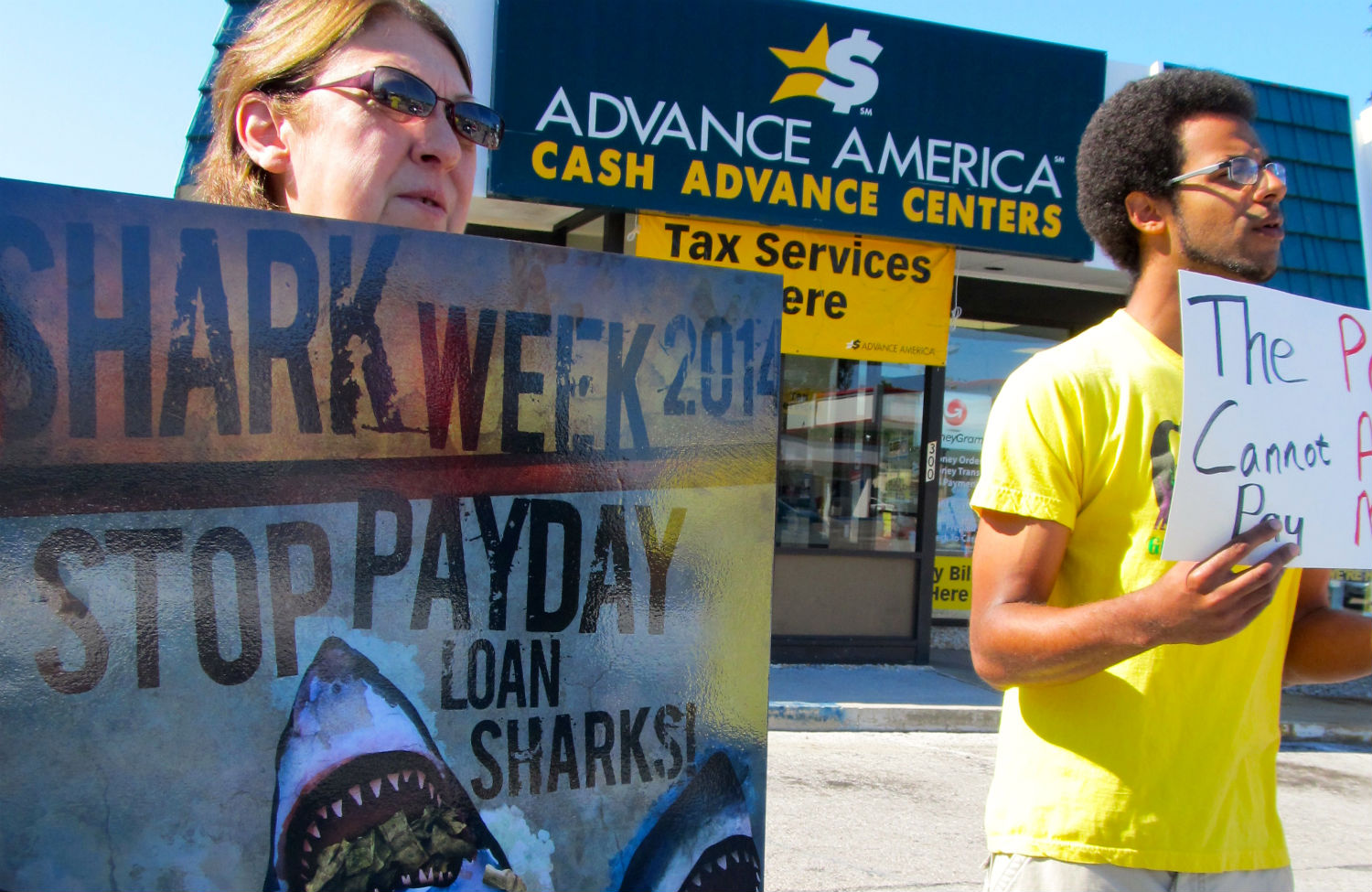‘I Support Postal Banking!’
September 1, 2015
(This article first appeared in the September-October 2015 issue of The American Postal Worker magazine.)

A May 2015 white paper by the USPS Office of Inspector General (OIG) concludes that the Postal Service can act now to expand and enhance existing financial services, such as money orders, international money transfers, check-cashing and bill pay, without new federal legislation.
Expanding these services, the OIG reports, would strengthen the Postal Service by generating $1.1 billion in annual revenue while providing affordable, essential services to the 68 million adults who don’t have a bank account or use predatory payday lenders and check-cashers.
The APWU supports postal banking, and offered proposals to expand financial services during contract negotiations with management.
The OIG is gathering input from the public about offering financial services at the post office. Make your voice heard by visiting www.uspsoig.gov/blog/golden-opportunity and commenting.
Bankers Get Nervous
But not everyone is excited about the possibility of postal banking.
“It seems crazy. These people are not that good at managing how to deliver the mail and they want to get into this business?” Francis Creighton, executive vice president of government relations at the Financial Service Roundtable told The Hill newspaper.
But as Dennis Kelleher, CEO of the Wall Street watchdog group Better Markets, said, “It is no surprise the big banks are trying to prevent the post office from providing low cost, easy access to banking services to tens of millions of Americans. … There is no reason to believe that the post office couldn’t run a profitable bank business.”
Killing It Softly
USPS quietly issued a statement that was uncharacteristically critical of the OIG, calling the report “misleading and incomplete,” and emphasizing that the Postal Service’s “core function is delivery, not banking.”
In light of Postmaster General Megan Brennan’s repeated calls for greater innovation, the Campaign for Postal banking called management’s response “unfortunate and disappointing.”
“The need and desire for affordable financial services are greater than ever. Providing those services via the more than 30,000 post offices nationwide would go a long way towards filling that need,” the Campaign said.
The Campaign is calling on the Postal Service to take immediate steps to expand and enhance existing services, design and conduct market tests for new services and products, and establish a task force to consider how to best implement the OIG’s recommendations for expanded and new postal banking services.
Postal Banking in the News
Wall Street bankers may not be happy about postal banking, but the OIG report received a warm welcome from others.
Postal banking “remains a tremendous idea to relieve economic inequality and preserve an important public-sector ladder into the middle class; and continued agitation just might get it done,” David Dayen wrote in Salon.
Motley Fool contributor Rich Smith writes that he is “willing to give post office banking a try.” In a June 23 Daily Finance article, Smith points to the need for affordable financial services for the underserved, and notes the trend of banks to close branches around the country.
How the Other Half Banks
Postal banking is touted as a solution to the problem of “two-tier banking” in a new book by University of Georgia Law professor Mehrsa Baradaran: How the Other Half Banks: Exclusion, Exploitation, and the Threat to Democracy.
The book asserts that the United States has two separate banking systems – one serving the well-to-do and another exploiting everyone else. Baradaran examines how a significant portion of the population, deserted by banks, is “forced to wander through a Wild West of payday lenders and check-cashing services to cover emergency expenses and pay for necessities.” The Campaign for Postal Banking is working with Baradaran to advocate for postal banking.
For more info, visit www.CampaignforPostalBanking.org and follow them on Twitter @bankpostal.



